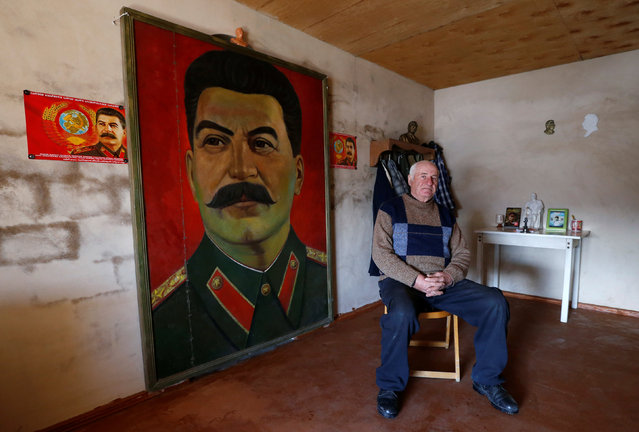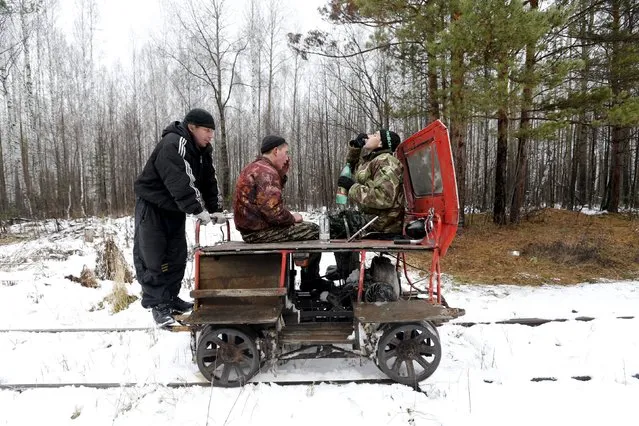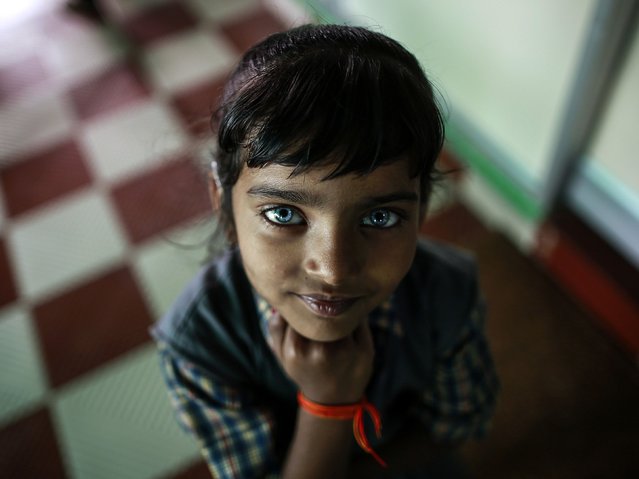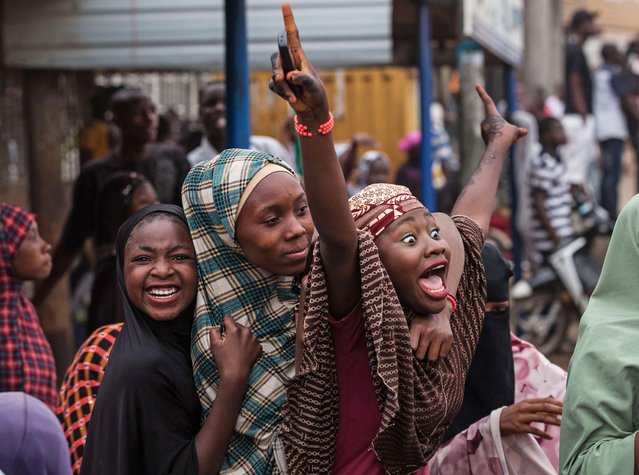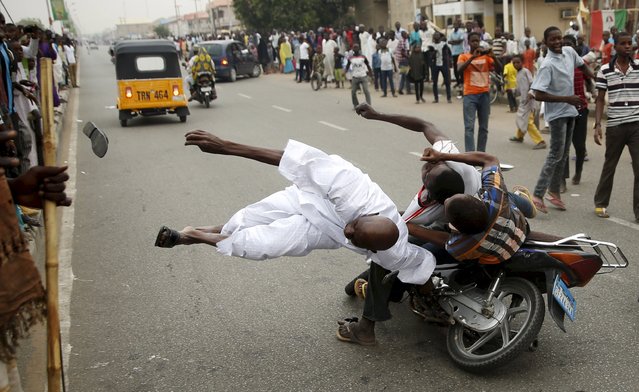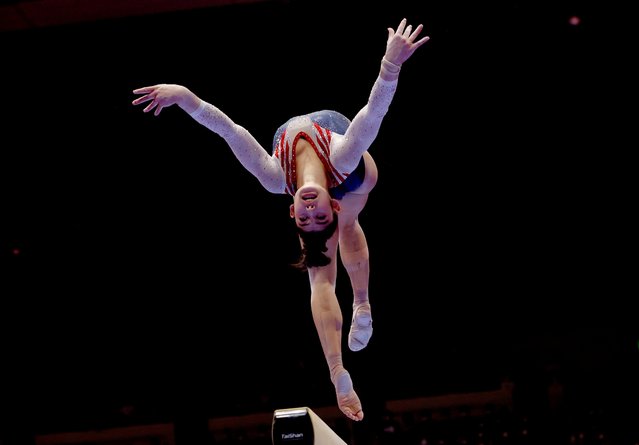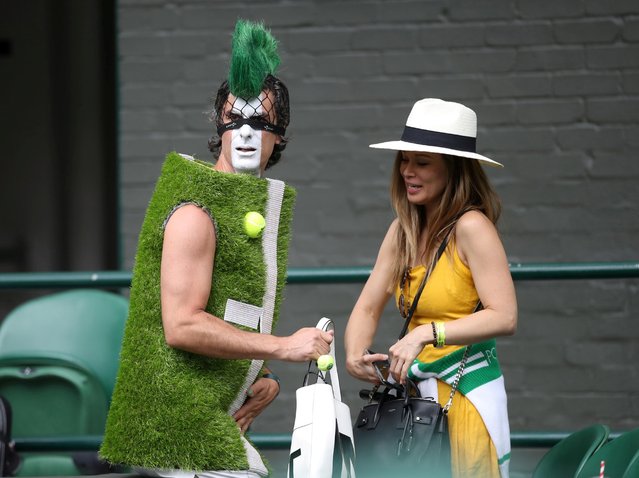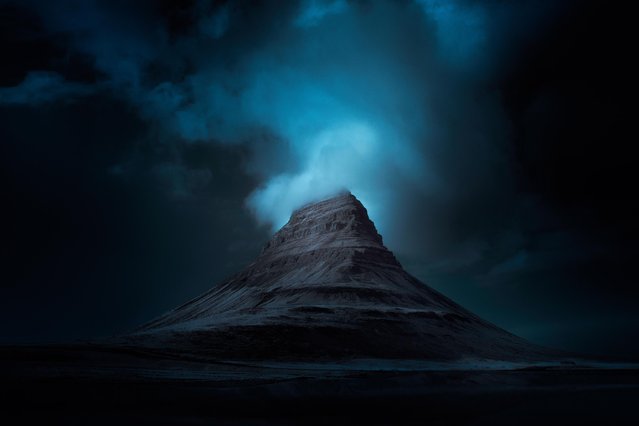
“These eerily stunning images taken using infrared lighting reveal the landscapes of Iceland in all their natural glory. Andy Lee, 45, uses a special technique which blocks out light from some visible wavelengths and picks up light from others invisible to the naked eye”. – Caters News. Photo: Location: Kirkjufell. These eerily stunning images taken using infrared lighting reveal the landscapes of Iceland in all their natural glory. (Photo by Andy Lee/Caters News)
04 Jul 2014 10:49:00,post received
0 comments

